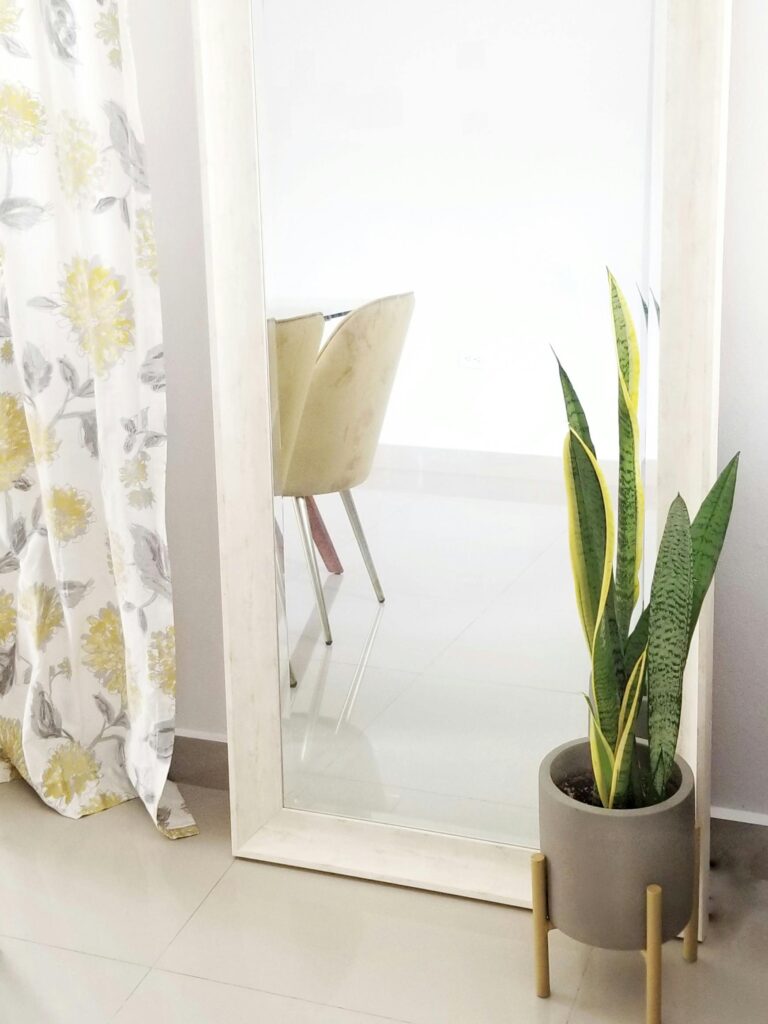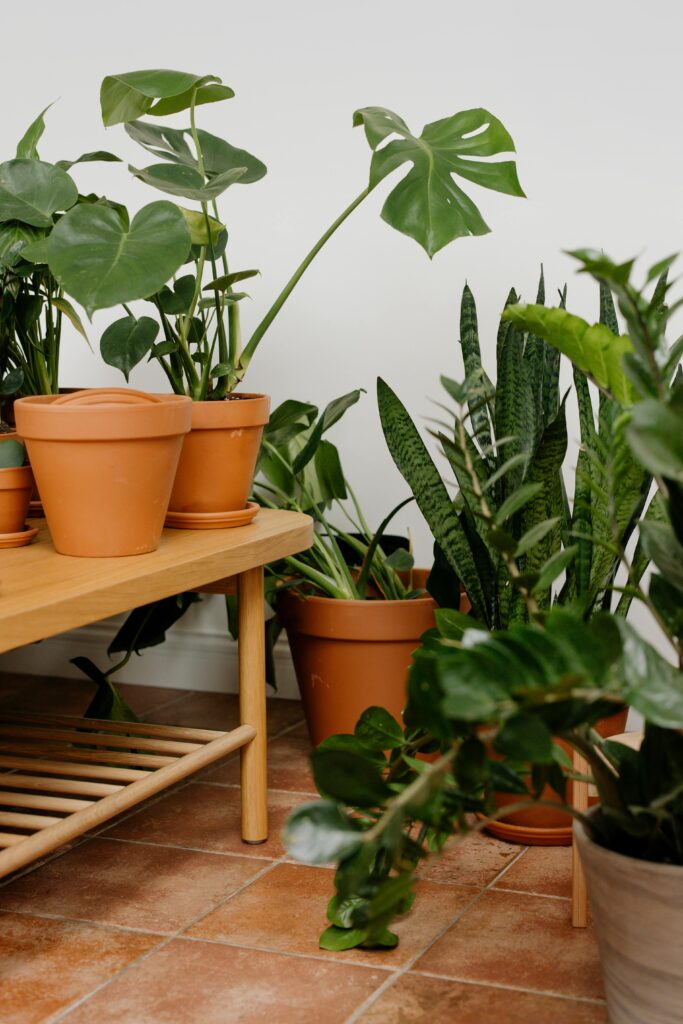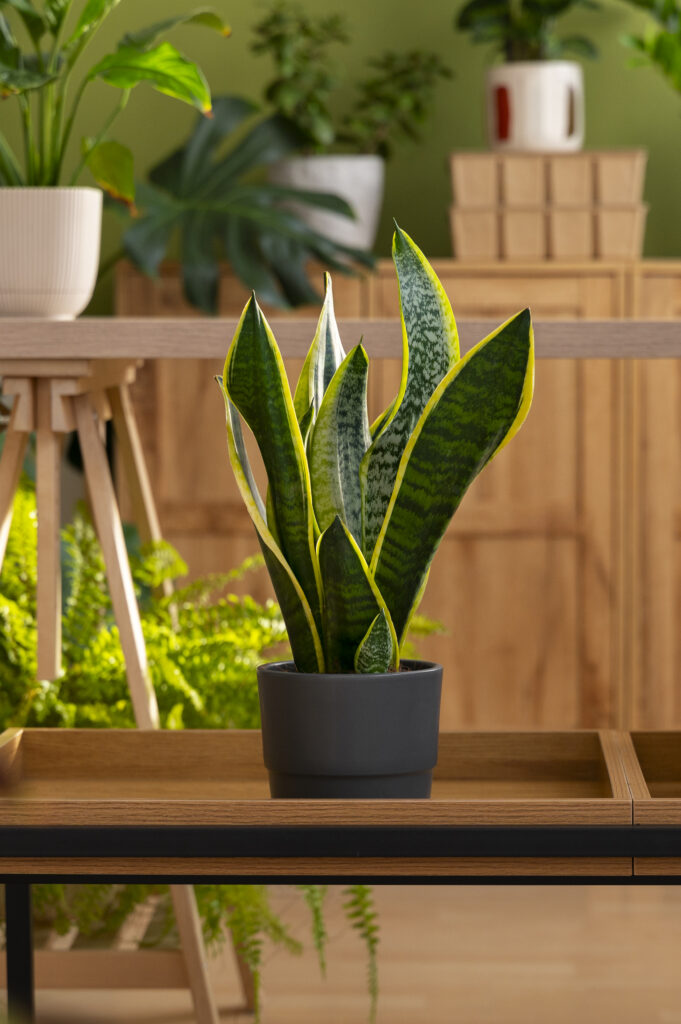 Snake plants( Sansevieria), also known as mama-in-law’s lingo, are among the most popular houseplants due to their low-conservation nature and air-purifying benefits. With a wide range of stunning snake plant varieties, these hardy shops make a perfect addition to any inner space. In this companion, we’ll explore some of the most unique snake plant plants and share essential care tips to keep them thriving.
Snake plants( Sansevieria), also known as mama-in-law’s lingo, are among the most popular houseplants due to their low-conservation nature and air-purifying benefits. With a wide range of stunning snake plant varieties, these hardy shops make a perfect addition to any inner space. In this companion, we’ll explore some of the most unique snake plant plants and share essential care tips to keep them thriving.
Popular Snake Plant varieties
1. Sansevieria Trifasciata ‘ Laurentii’
One of the most common snake plant varieties, ‘ Laurentii’ is known for its striking green leaves with unheroic variegated edges. It’s a favorite among houseplant suckers due to its bold look and easy care conditions. It can grow up to 3- 4 bases altitudinous and adapts well to colorful lighting conditions.
2. Sansevieria Trifasciata ‘ Moonshine’
Bootleg thrives in bright, circular light but tolerates lower light conditions. It’s a slower farmer but makes a fantastic statement factory in minimalist innards.
3. Sansevieria Cylindrica( African Spear Plant)
Unlike the traditional flat-leaved snake plants, this variety has spherical, upright leaves that add a unique architectural element to any space. It’s largely failure-tolerant and requires minimum watering. The African Spear Plant is frequently pleated together for a cosmetic look and is an excellent choice for contemporary home décor.
4. Sansevieria ‘ Golden Hahnii’

A compact, ensign-forming variety, ‘ Golden Hahnii’ features bright unheroic, and green leaves, making it a great choice for tabletops or small spaces. Its small size( generally under a bottom altitudinous) makes it perfect for office divisions or tight spaces.
5. Sansevieria Masoniana( Whale Fin Snake Plant)
Recognizable by its large, paddle-shaped leaves, this variety is a statement factory that requires minimum care and thrives in colorful lighting conditions. This slow-growing variety is largely sought after for its bold appearance and adaptability.
6. Sansevieria Kirkii( Star Sansevieria)
This variety has crimpy, dark green leaves with unique patterns, giving it a star- suchlike appearance. It grows well in moderate light and requires occasional watering. Due to its robust nature, it’s an excellent choice for newcomers looking to expand their inner factory collection.
7. Sansevieria Zeylanica
A close relative to ‘ Laurentii,’ Sansevieria Zeylanica boasts dark green leaves with crimpy vertical stripes. It’s a largely flexible factory that can tolerate neglect and still thrive, making it ideal for busy factory possessors.
8. Sansevieria Eilensis
One of the rarer snake factory kinds, Sansevieria Eilensis features blue-green leaves with a slightly entwining shape as they grow. It thrives in dry surroundings and is an excellent choice for those looking to collect unique factory species.
9. Sansevieria Ballyi
10. Sansevieria Patens

This variety has thick, arching leaves with a bluish-green shade. It grows well in dry conditions and is easy to maintain.
Essential Care Tips for Snake Plants
Anyhow of the snake factory variety you choose, these watch tips will help ensure its life
- Light Conditions: Snake plants thrive in bright, circular light but can acclimatize to low-light conditions. Still, furnishing some circular sun will promote faster growth and richer achromatism.
- Watering: Overwatering can lead to root spoilage. A good rule of thumb is to water-soak formerly every 2- 3 weeks, depending on your home’s moisture situation.
- Soil: Use well-draining soil, similar to a cactus or succulent blend, to help water retention. A blend containing beach, perlite, and peat moss is ideal.
- Temperature & moisture: Snake shops prefer temperatures between 60 – 80 °F( 16 – 27 °C) and do well in average inner moisture situations. Avoid placing them in breezy areas or near heaters.
- Fertilization: Feed with an adulterated liquid toxin formerly every 2 – 3 months during the growing season. Avoid over-fertilizing, as snake shops don’t bear frequent feeding.
- Propagation: fluently propagated through splint slices or division, making them a great factory to partake with musketeers and family. Simply cut a healthy splint, let it dry for a day, and place it in water or soil to root.
- Pest Control: Snake shops are generally pest-resistant but can sometimes attract spider diminutives or mealybugs. Wiping the leaves with a damp cloth and using insecticidal cleaner can help manage infestations.
Benefits of Growing Snake Plants
Beyond their striking appearance, snake shops offer several benefits:
- Air Purification: They remove poisons similar to formaldehyde and benzene from the air, making them great for perfecting inner air quality
- Low conservation: Ideal for newcomers, snake shops bear minimum care and thrive on neglect.
- Improves Sleep Quality: Their capability to release oxygen at night makes them great for bedrooms.
- Drought-Tolerant: Snake shops store water in their leaves, making them largely failure-resistant and perfect for those who travel constantly or forget to water their shops.
- Versatile Placement: These shops thrive in a variety of locales, from living apartments to office spaces and indeed bathrooms, due to their rigidity.
Common Issues and Solutions:
1. Yellowing Leaves
- Beget: Overwatering is the most common malefactor.
- Solution: Let the soil dry out fully before soddening again. Trim any affected leaves.
2. Mushy or Rotting Roots
- Beget: Root rot due to poor drainage.
- Solution: Report into well-draining soil and a pot with drainage holes. Reduce watering frequency.
3. Wrinkled or entwining Leaves
- Beget: Underwatering or extreme temperature changes.
- Solution: Water completely and keep the factory in a stable terrain.
4. Brown Tips
- Beget: Low moisture, inconsistent watering, or redundant mariners from diseases.
- Solution: Maintain a regular watering schedule and sometimes flush the soil with clean water to remove swab buildup.
Conclusion:
With so numerous stunning snake plant varieties to choose from, there’s a perfect bone
for every home or office. Whether you prefer the bold stripes of ‘ Laurentii’ or the satiny look of ‘ Moonshine,’ these hardy shops will add beauty and benefits to your space. By following the essential care tips, you’ll enjoy a thriving snake factory for times to come!
Do you have a favorite snake factory variety? Partake your studies in the commentary below!

